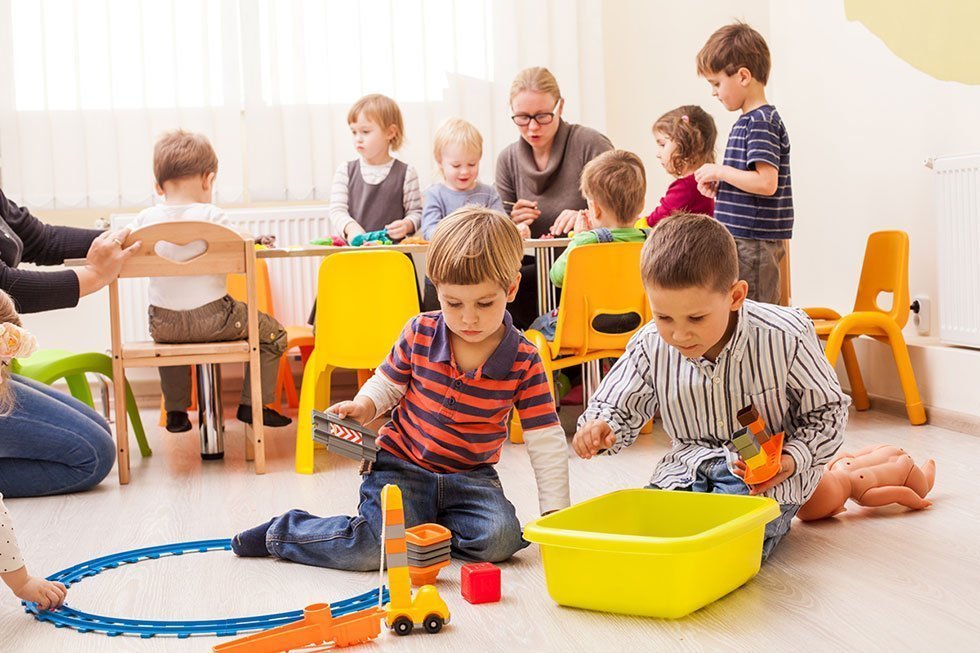
Practical Life
Practical life exercises instill care for themselves, for others and the environment. The activities include many of the tasks children see as part of the daily life in their homes, such as washing dishes, arranging flowers, folding clothes, rolling mats, maintaining order by putting away things where they belong after working with them, etc. Elements of human sociability are introduced with the exercises of grace and courtesy. Through these and other activities, children develop muscular coordination, fine motor skills, wrist control, and hand/eye coordination. They learn to work at a task from beginning to end, and develop self-discipline and the capacity for total concentration.
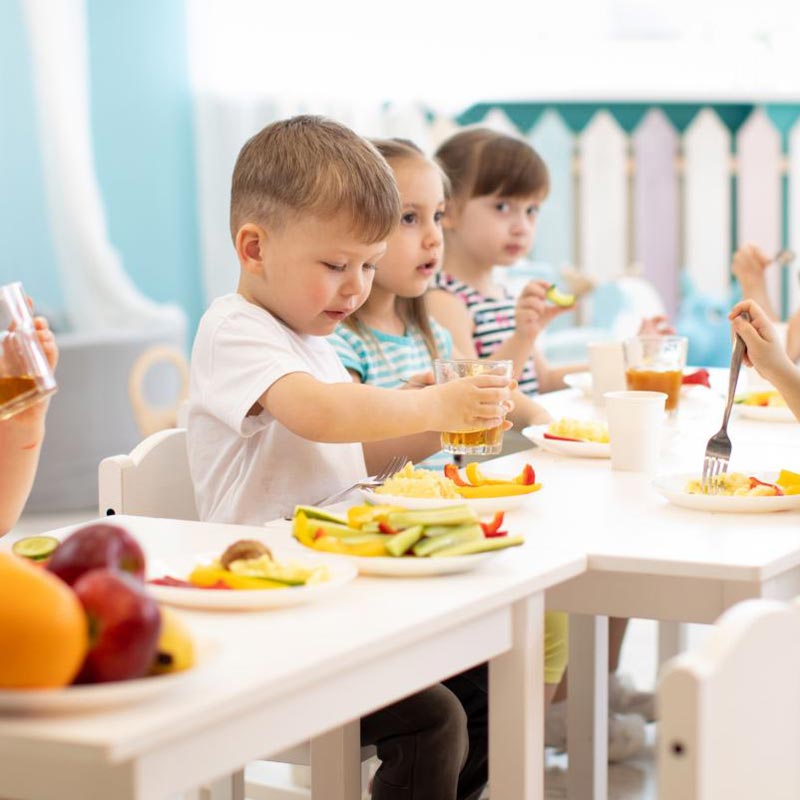
Sensorial
Sensorial materials are for development. Children build cognitive capability and learn to order and classify impressions. They do this by touching, seeing, smelling, tasting, listening, and exploring the physical properties of their environment through the mediation of specialty designed materials.
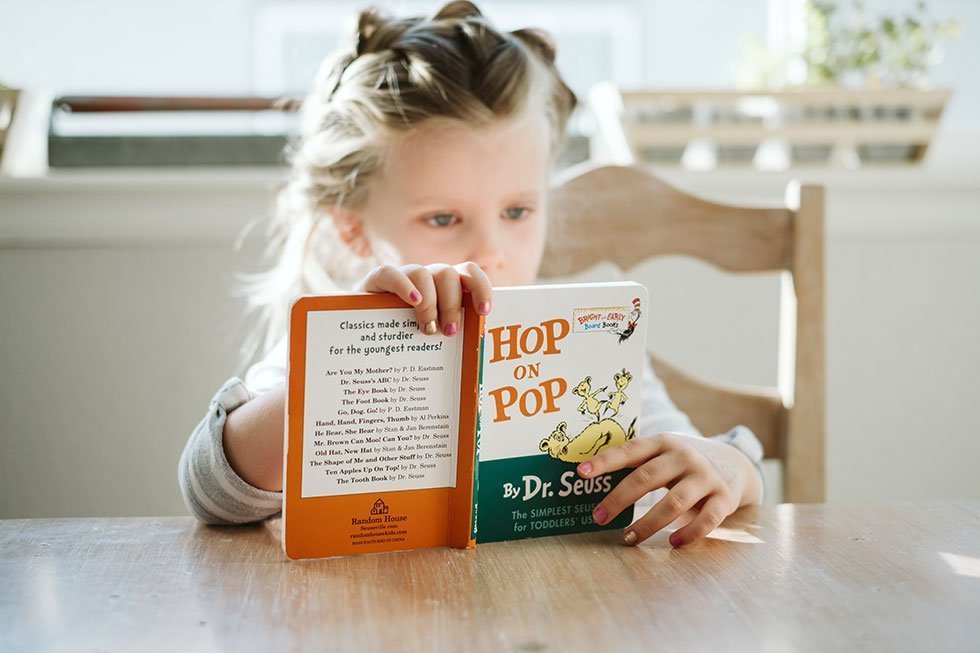
Language Skills
Language is vital to human experience. The Montessori environment provides rich and precise language development. The children coming to the classroom at around three years of age are given in the simplest way, the opportunity to enrich the language they have acquired during their small lifetime, and to use it intelligently, with precision and beauty, becoming aware of their properties, not being taught, but by being allowed to discover and explore these properties themselves.
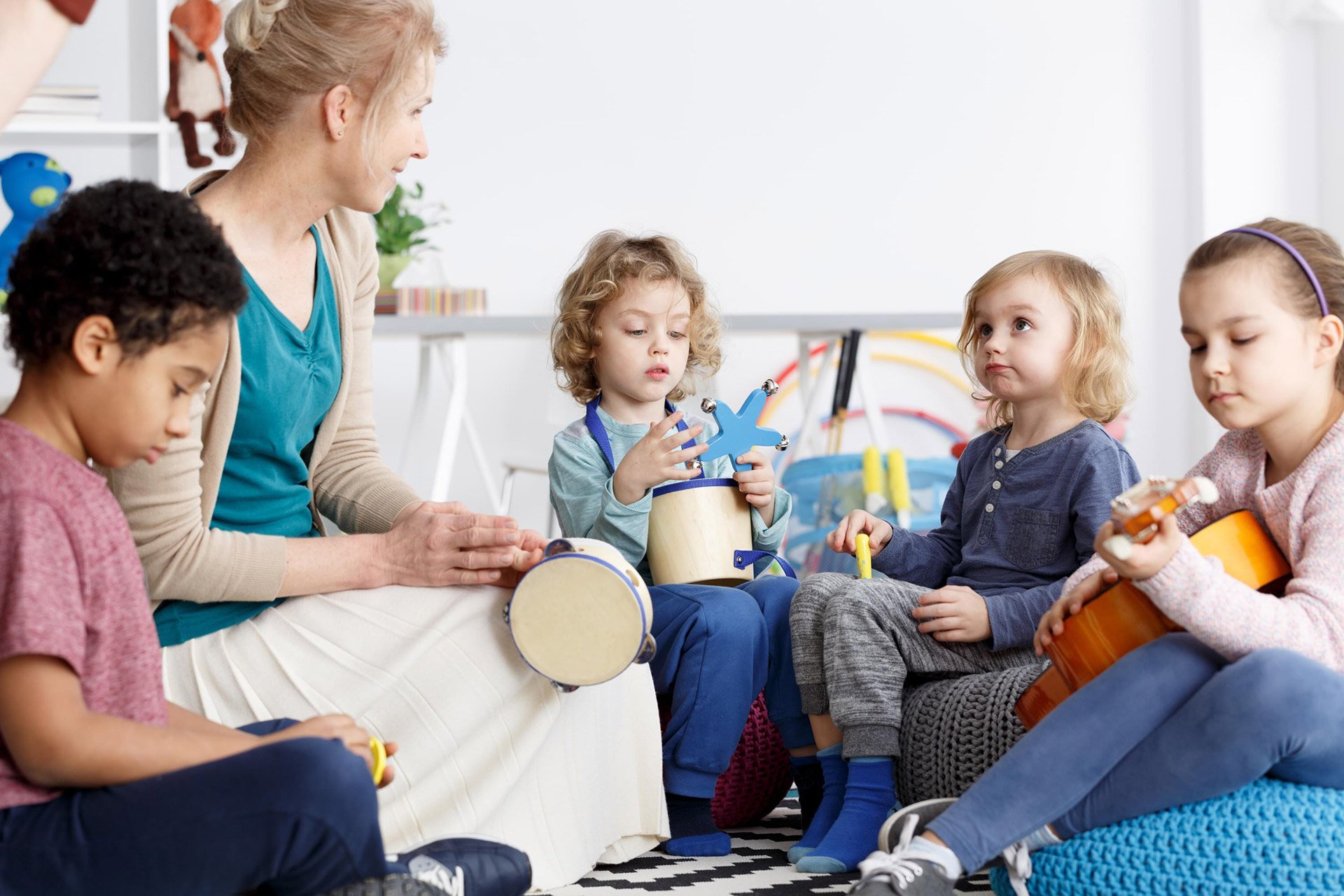
Cultural Extensions
Geography, History, Biology, Zoology, Art and Music are presented as extensions of the sensorial and language activities. Children learn about other cultures, past and present, and this allows their innate respect and love for their environment to flourish, creating a sense of solidarity with our global human family and its habitat. Experience with nature in conjunction with the materials in the environment, inspires a reverence for all life.
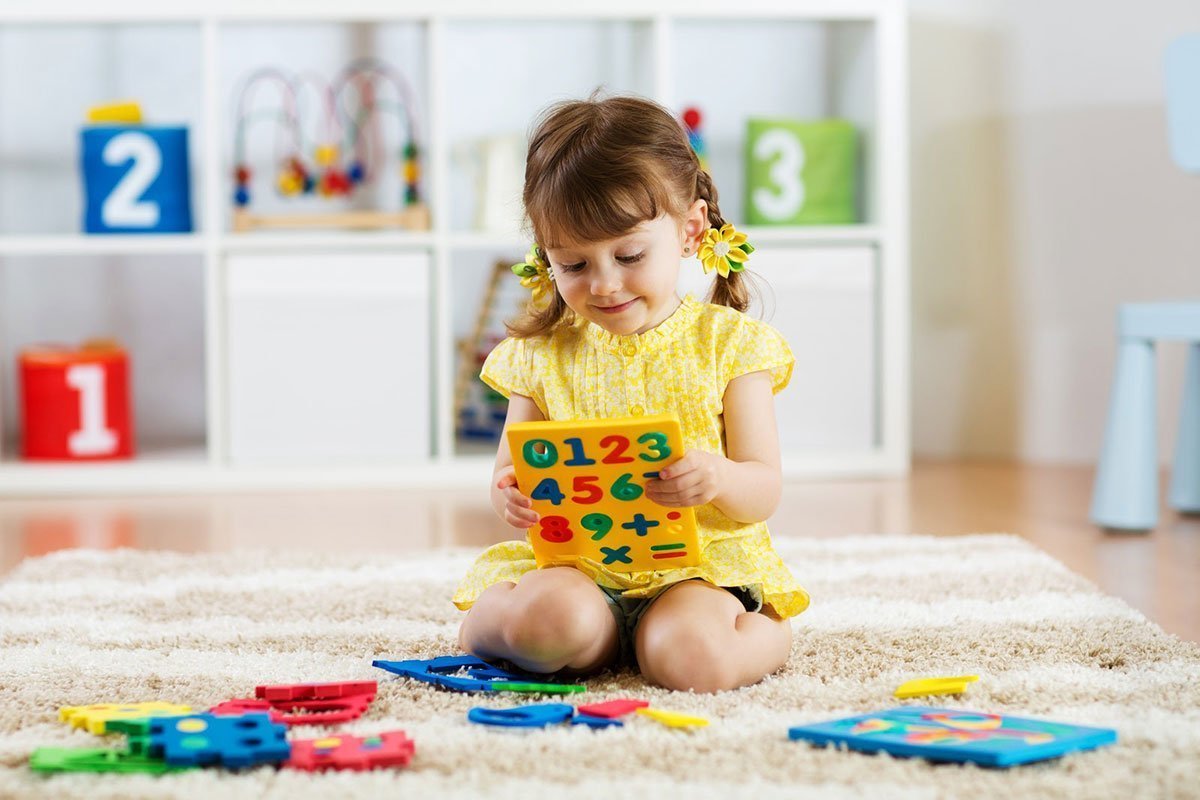
Mathematics
The Mathematics materials help children learn and understand mathematical concepts by working with concrete materials. This work provides the child with solid support for traditional mathematical principles, providing a structured scope for abstract reasoning.
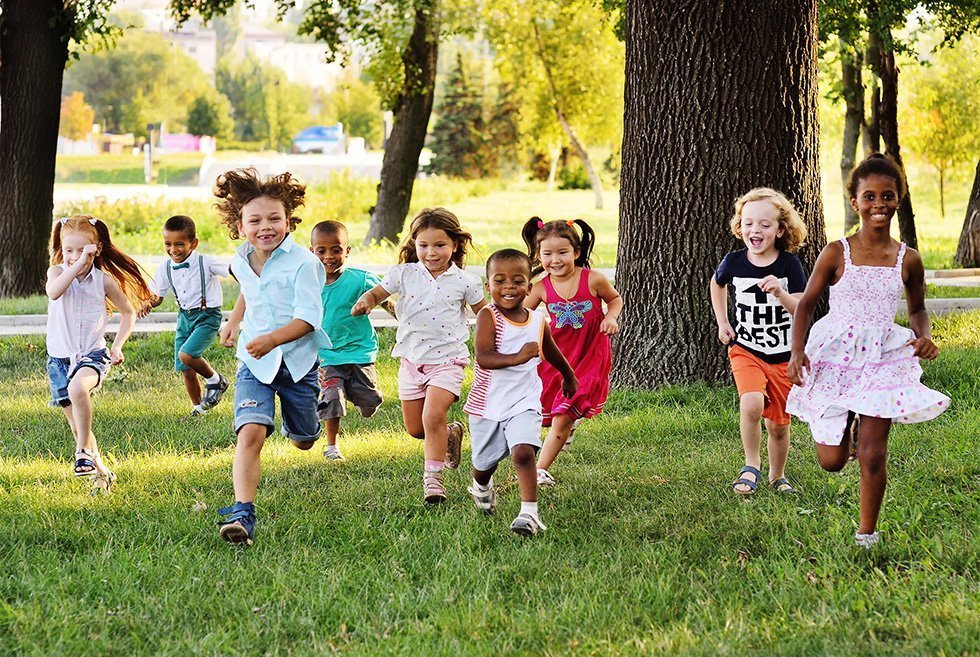
Physical Activity
Physical activity explores large muscle movement. It includes such activities as walking to the nearby park or around the school and enjoying free time to explore and utilize the climbing structures and play equipment outdoors.
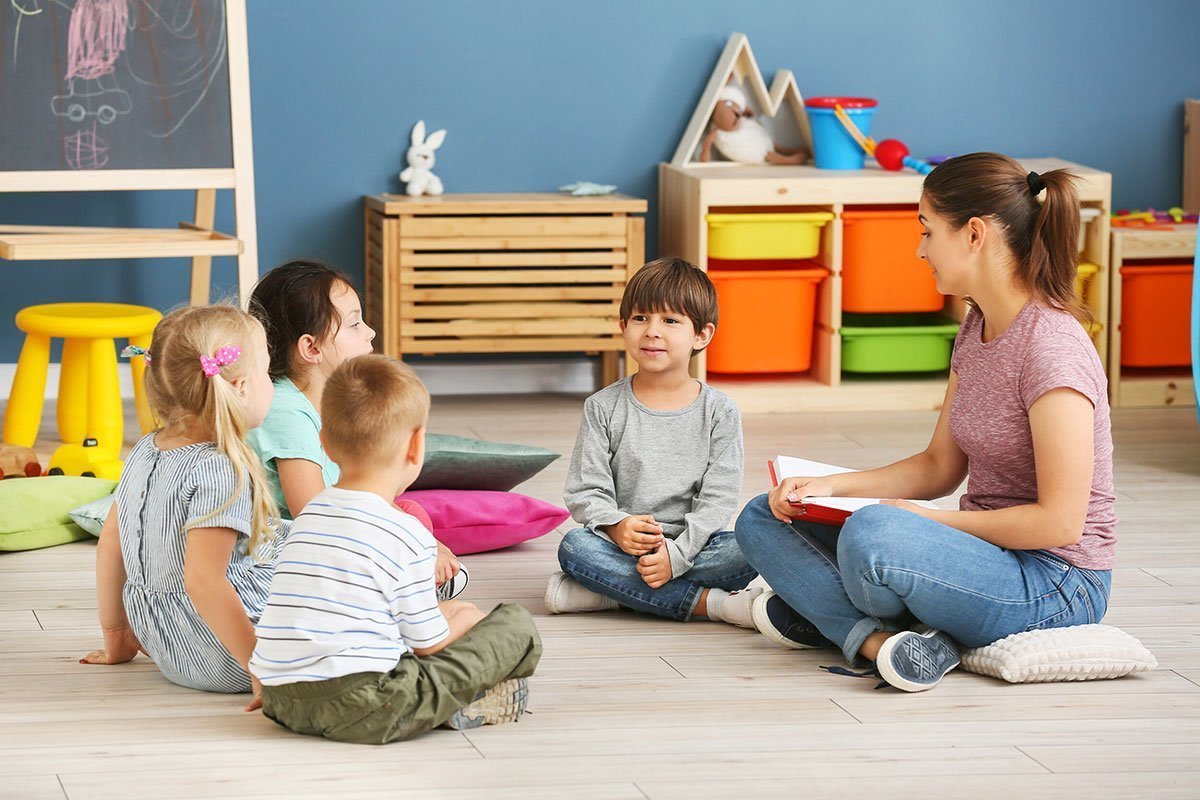
Introduction/Presentation of Materials
Children are introduced to the materials present in the classroom through careful presentation. A presentation is a time when the teacher slowly and precisely uses the material in its intended way, while a child or small group of children observe. During such a presentation, unnecessary words and movements are avoided, and actions are broken into clear steps, in order to increase understanding, and the chance for success when the child uses the materials later. A particular point of interest may also be shown to attract the child to the materials. At times it is appropriate and desirable for the teacher to offer some instruction to the child. This usually occurs at a separate occasion after times of repeated, concentrated work with the materials has been observed. The teacher may then re-present the exercise in order to show variations or extensions or to help the child learn the terminology involved.
